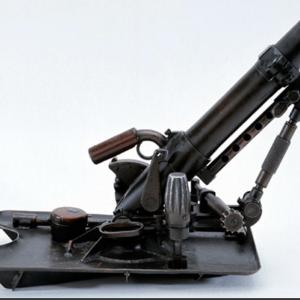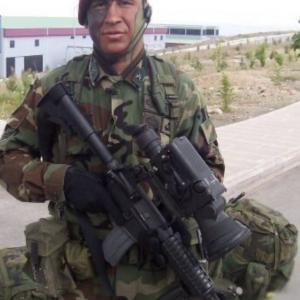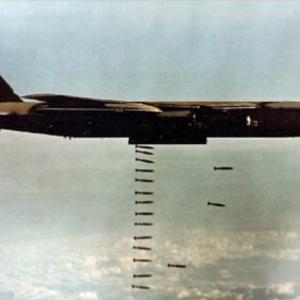
Kriegsmarine Dagger
The Kriegsmarine dagger, used by German naval officers during the Second World War, holds a distinct place in military history for both its symbolic value and its craftsmanship. Though not a combat weapon, it was a ceremonial sidearm, worn with the naval officer’s dress uniform and rooted in longstanding maritime traditions. The dagger evolved from earlier versions used in the Prussian and Imperial German navies, with its final form reflecting both naval heritage and the visual language of the Nazi regime. Officers typically purchased these daggers privately, allowing for a degree of personalization in design, quality, and ornamentation, within the framework of regulations set by the Kriegsmarine.
There were two primary models of the Kriegsmarine dagger. The first, dating back to the pre-war Reichsmarine period, featured a relatively simple design with a “flaming ball” pommel and a plain blade. The grip was usually made from white celluloid wrapped with twisted wire, and the blade was double-edged with a clean, unetched finish. In 1938, the second model was introduced, showcasing a more elaborate appearance. The pommel was redesigned into a Nazi eagle clutching a swastika, while the blade often featured intricate acid-etched naval motifs such as fouled anchors and scrolling foliage. Scabbards on these later models were sometimes decorated with hammered patterns or raised oak leaf designs, contributing to their ornate appeal.
Manufacture of these daggers was concentrated in Solingen, Germany, a city renowned for blade-making. Several respected firms were involved in their production, including Carl Eickhorn, WKC, Hörster, and others. Each manufacturer had its own distinct style and marking, and some allowed officers to select additional enhancements such as finer etching, gilding, or more elaborate scabbards. This level of customization was not only permitted but commonplace, as the dagger served as both a status symbol and a uniform requirement.
The wearing of the dagger was regulated by the Kriegsmarine, and it was standard for officers and certain senior NCOs to wear them during formal occasions. Accessory items like the portepee—a decorative knot tied around the handle—and hanging straps added to the ceremonial look. In the later years of the war, especially by 1943 and 1944, some regulations regarding the dagger’s wear were relaxed or discontinued due to changing priorities and wartime shortages. By this stage, manufacture of portepees was halted, and in some cases, the dagger was replaced with a sidearm for practical reasons.
Because these daggers were not issued in a fixed quantity by the state but rather purchased by individual officers, there is no definitive total of how many were produced. The number was likely proportional to the officer corps of the Kriegsmarine, which had tens of thousands of personnel at its peak. Not all officers may have purchased a dagger, and some examples were lost during the war, but a significant number survived. There were also very rare honor daggers, likely made in extremely limited numbers and presented for distinguished service or ceremonial purposes. These special daggers are now among the rarest and most coveted by collectors.
Today, the Kriegsmarine dagger is a sought-after collector’s item, valued for its historical significance and detailed craftsmanship. Collectors pay close attention to the maker’s mark, the condition of the blade and scabbard, completeness of the original fittings, and whether the dagger retains accessories like the portepee and hangers. The blade’s etching must be sharp and legible, the grip intact, and all parts ideally original to the piece. Daggers from well-known manufacturers or those with rare design features are especially prized. Provenance, such as documentation linking a dagger to a specific officer or historical event, further increases value. Prices vary widely, with well-preserved examples commanding high sums, while those in poor condition or missing components are more modestly priced.










